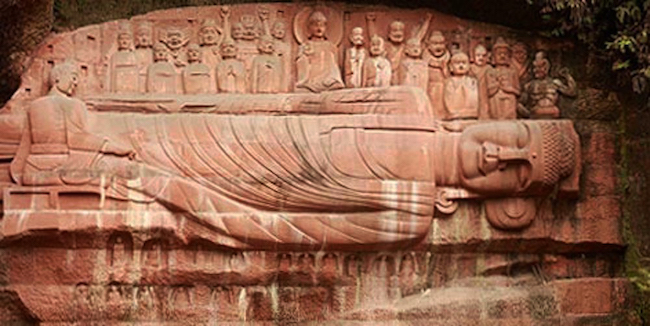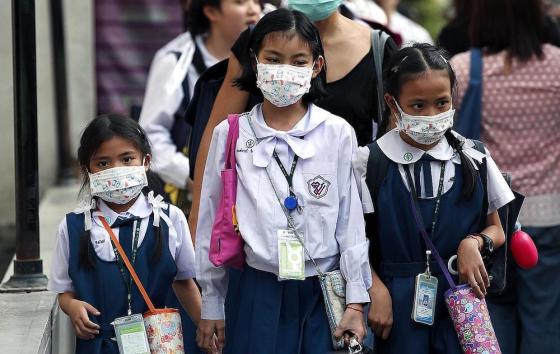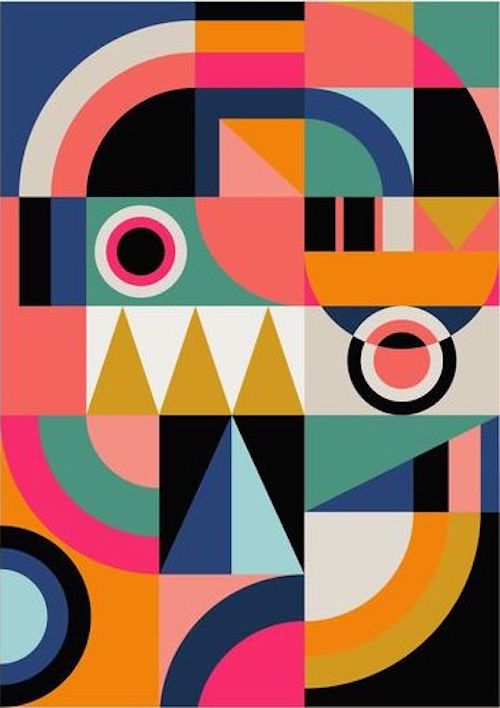 POSTCARD#407: Bangkok: I’ve been a Buddhist for more than thirty years – married to Jiab, a Thai Buddhist for that same length of time. Jiab, like most Thais, is a Theravādin Buddhist, she is active both in the English language and Thai meditation groups in the lineage of Ajahn Chah. We went to an International Buddhist temple in the North East, Wat Pah Nanachat, 1987 and there I met the monks who changed my life.
POSTCARD#407: Bangkok: I’ve been a Buddhist for more than thirty years – married to Jiab, a Thai Buddhist for that same length of time. Jiab, like most Thais, is a Theravādin Buddhist, she is active both in the English language and Thai meditation groups in the lineage of Ajahn Chah. We went to an International Buddhist temple in the North East, Wat Pah Nanachat, 1987 and there I met the monks who changed my life.
Years went by, We became part of the Kalyanamitra in Switzerland, I became part of the editorial team in publishing books on the Buddha’s Teachings, while looking at the whole thing with deepening understanding, and all of it evolving over and over.
Five years ago the headache arrived, I lost the starting point in meditation, then found it again somewhere else. Sadly, it wasn’t a priority in my life any more; the visits to the Neurologists, the meds to treat the pain, and coping with the side effects. This changed everything. I lost the sure-footedness I had acquired over the years. At the beginning of the headache days there was only the pain, the urgency and the medicine ‘blur’ overload. Things fell apart so often, I’d be picking up the pieces and realise I had forgotten completely the simplest of things.
Thus I seem to have lost so much in these crises, and the confusion in recovery then starting over, but I’m sure of one thing; if I hadn’t had the headache condition, I wouldn’t have been as motivated as I am to look for the way out of suffering (Dhukka, the first Noble Truth), and begin to uncover the mystery – I am still looking.
Things are more stable now, I’ve learned how to balance the meds with the headache. I go on (more slowly) with the study of Theravada meditation – I never looked into Mahayana, and now there’s not enough lifetime left! It’s a pity because in recent years I discovered Advaita and Non-duality… a sense of the ancient.
I can sit on the cushion, with or without headache or meds and focus as best I can, on an object in the mind… see where that gets me (samatha). Or I can focus on the in-breath and out-breath (vipassanā) or a combination of both. You might have the impression that I know a lot about meditation but I’m just an ordinary practitioner of meditation with mindfulness – following the three steps: sīla (moral conduct), samādhi (concentration), and paññā (wisdom).
I depend on the wisdom of Buddhist monks such as Ajahn Sucitto for guidance, inspiration, insight and these moments of understanding. Here are some excerpts from “Parami – Ways to Cross Life’s Floods”. The section on Wisdom: Innate Clarity, Pannā Pāramī the Fourth Parami, beginning page 73.
“You might find it helpful to begin your meditation period by reflecting on the following four themes: goodwill; mortality; the good that you have done or that has been done to you; and the example of the Buddha or your immediate spiritual teacher. These will help to bring your mind into a balance of head and heart. As that effect is felt, select a meditation topic that your mind is now willing to be guided by.”
The following sections are on page 77
Wisdom Needs Meditation
“Meditation in the Buddhist sense means the cultivation of calm and insight (samatha-vipassanā), and the development of mindfulness (sati) and concentration (samādhi) to bring those about. Mindfulness is the faculty that bears a feeling, idea, process or sensation in mind…”
It helps me to understand Ajahn’s words when I can identify and focus on a few words – possible discussion points if there are any kind readers out there who’d like to comment (or help me with a better understanding). Please get in touch.
I understand samatha as tranquility meditation, meditating on an object, with the intention to reach those calm states. What we are looking at here is the combination of samatha (calm focus on one thing) and vipassana (insight) observing thoughts without attachment as they come and go. Also the clarity of Mindfulness (sati)… an inner watchfulness, on-the-spot awareness of the functioning of the mind, and interaction with the sensory world.
Samatha and Vipassana as well as Sati means there is the momentum to bring about samadhi, the pleasing calm mind state leaning towards Wisdom.
“Sustained, (mindfulness) counteracts scattered attention and impulsiveness. Concentration is the deepening into the steadiness that mindfulness brings, a deepening that becomes pleasurable. These two support calm. And when the mind is calm we can look into it and bring wisdom to bear on the roots of mental action. This penetrative inward looking, or insight, is needed because it’s often the case that we don’t really know or aren’t clear about the causes, motivations and effects of what we’re doing. The basis of action gets buried beneath the sheer quantity of action our minds get involved with.”
[The following section is on page 89] “Notice that when you acknowledge and focus on your thoughts and emotions, the mind enters the experience of being aware of them rather than being them. Notice that a blend of clear attention and emotional spaciousness supports this kind of awareness; and that the results of it are that one is calmer and wiser with regard to the mind.”
(Continued 19 Feb 2021)










You must be logged in to post a comment.